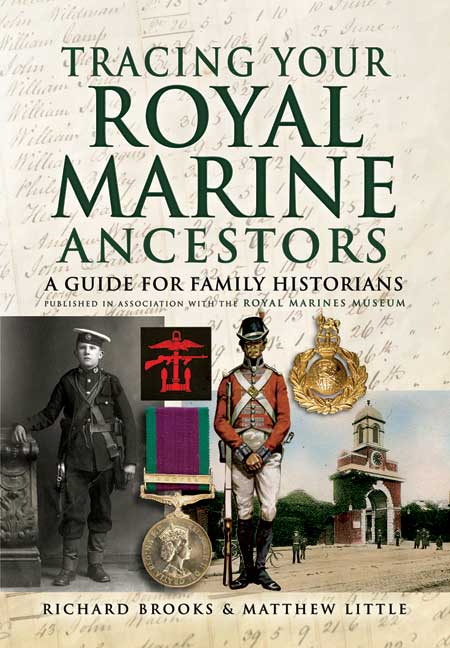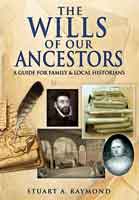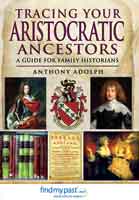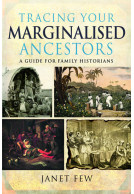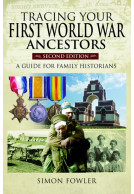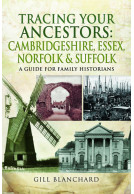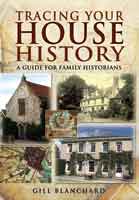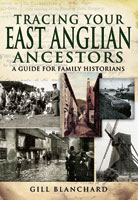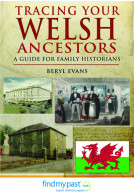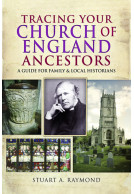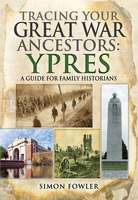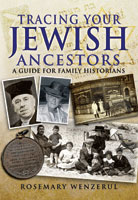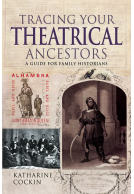Tracing Your Royal Marine Ancestors (ePub)
A Guide for Family Historians
Imprint: Pen & Sword Family History
Series: Tracing Your Ancestors
File Size: 1.6 MB (.epub)
ISBN: 9781781596456
Published: 16th October 2008
| Other formats available | Price |
|---|---|
| Tracing Your Royal Marine Ancestors Paperback Add to Basket | £12.99 |
Whether you are interested in the career of an individual Royal Marine or just want to know more about the part played by the Marines in a particular battle or campaign, this book will point you in the right direction. Assuming that the reader has no prior knowledge of the Royal Marines, their history or organization, Richard Brooks and Matthew Little explain which records survive, where they can be found and how they can help you in your research. They also describe in vivid detail the evolution of the Royal Marines, from the tentative beginnings of the service in the seventeenth century to their present position as a key part of the British armed forces.
This book has been published in association with the Royal Marines Museum. Similarly to those for Army and Air Force ancestors this text is an excellent guide to researching military personnel. The book is well organised and covers many facets of the RM.
Military Archive Research.com
It starts by identifying the origins of the RMs - the marine regiments, the Blue & Red Marines and the coveted Green “beret” etc. It discusses the regimental and divisional structure of the RM. Then it mentions the “female” RM, the Musical branch and RM units in the Royal Naval Division (in WW1) such as the RM Engineers.
There are sub-chapters on the MARENS (the RM’s answer to the WRENS), the RM Band Service and the Royal Naval School of Music etc. There is a detailed account of the world famous RM band and its history. Issues covered include the Corps of Drums, Divisional Bands, the RN’s School of Music and the integrated band service.
The following chapter considers “Ad hoc Formations and Detachments”. It deals with the huge breadth of the activities the RM has been involved with since their formation. It enlightens the reader to the activities of the Royal Naval Division (RND), RM Submariner Miners (RMSM), RM Labour Corps (RMLC), RM Engineers, RM Police and associated regiments / corps.
Of particular note is the RND given its importance in the First World War. The RND was formed in September 1914 without any of the “support” units such as engineers, transport and field ambulances that infantry units require to operate as a combat formation. There are entries on the little known components of the Royal Marines in the Royal Naval Division such as the “Divisional Engineers”, the “Divisional Train”, RM Medical Units and the RM Motor Transport Company.
The second chapter covers the Administrative aspects of an RM’s life from recruitment, terms of service, rewards and discipline, uniforms and equipment through to their everyday life. There is a detailed treatment for both commissioned officers and marines and there are notes on pay, prize money, rations, leave, rewards and discipline (such as medals, promotion and punishment).
Operations both on land and sea-borne, are discussed. Sea-borne operations are split into naval actions, landing parties and naval brigades, and routine / ceremonial issues. Shore based operations gives notes on RM Battalions, the RND (see above), the RM Artillery Brigades, Combined Operations and the “Flying Marines”. There is treatment of both casualties and termination of service in this chapter.
The fourth chapter introduces the avenues that can be used to trace and research individual officers or marines. Items discussed are archive collections, officer Lists, unit and general histories, periodicals and newspapers etc. There are some interesting sections on register and service numbers before concluding with memorials to the fallen.
For tracing RM ancestors this book is superb and will come in extremely handy. It is well worth the cover price as it describes in detail the avenues that can be utilised to research RM ancestors and their operations. One can only thank the RM Museum and the authors for producing such an exceptionally useful guide.
All in all a well written book and worth having for anyone doing research on Royal Marines.
Genealogists Magazine







